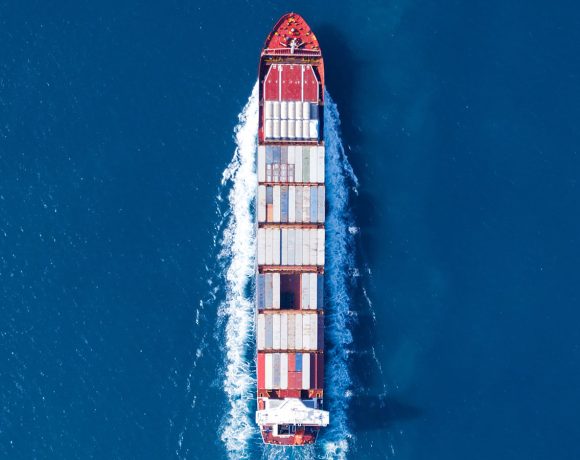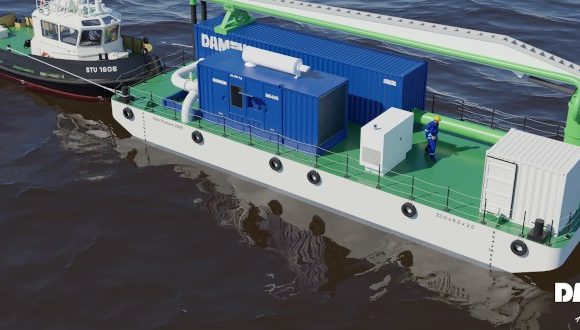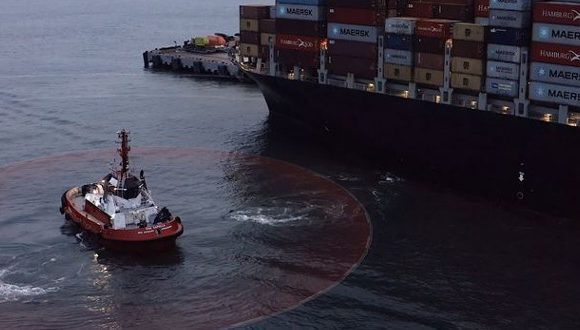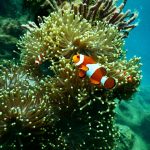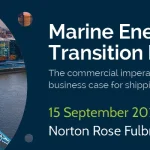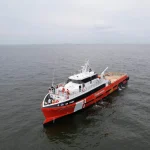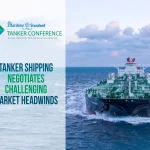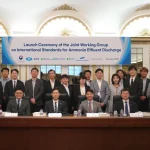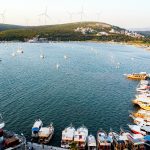Marine Noise Pollution and its Effects on Wildlife
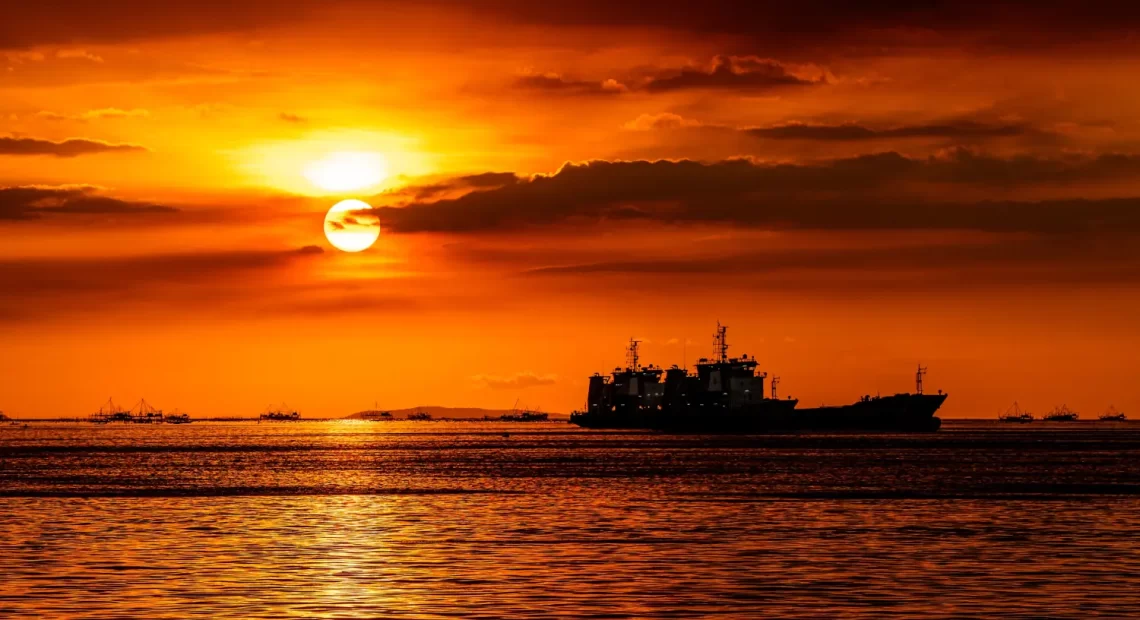
Greetings, ocean enthusiasts! As we embark on a voyage through the depths, we find ourselves immersed in a less-discussed but critical topic —marine noise pollution. In this aquatic odyssey, we’ll dive into the world of underwater sounds and unravel the profound effects of ship-generated noise on the delicate dance of marine life.
The Aquatic Orchestra: Understanding Marine Soundscapes
Beneath the waves, a vibrant symphony unfolds, orchestrated by the diverse sounds of marine life. From the melodic hums of whales to the rhythmic clicks of dolphins, each creature contributes to a harmonious soundscape crucial for communication, navigation, and survival. However, the rise of human activities, especially shipping, has introduced a disruptive note—marine noise pollution.
The Ripple Effect: Impact of Ship Noise on Marine Life
As our maritime adventures continue, we come face to face with the profound impact of ship-generated noise on marine ecosystems. The relentless hum of ship engines, propellers, and sonar systems can interfere with the communication and navigation abilities of marine species, particularly those reliant on sound for survival.
For cetaceans like whales and dolphins, whose intricate vocalisations are essential for mating, hunting, and maintaining social bonds, the cacophony of ship noise becomes a disruptive force. It can lead to communication breakdowns, increased stress levels, and even changes in migration patterns, affecting the delicate balance of life beneath the surface.
A Quieter Voyage: Innovations in Quieter Ship Design
In our quest for a harmonious coexistence with marine life, the spotlight turns to innovations in ship design aimed at reducing underwater noise. Engineers and naval architects are creating quieter vessels through advancements in hull design, propulsion systems, and overall operational practices.
One key player in this quieter revolution is the adoption of advanced hull designs that minimize hydrodynamic noise. By reimagining the shape and structure of ship hulls, designers aim to reduce the turbulence and vibrations that contribute to underwater noise pollution. It’s a silent but crucial step towards fostering a more serene underwater environment.
Propelling Change: Quieter Propulsion Systems
As our maritime journey unfolds, we encounter the transformative power of quieter propulsion systems. Traditional ship engines and propellers generate significant noise underwater, akin to the roar of an underwater engine room. Enter a new era where engineers are exploring the use of innovative propulsion technologies, such as electric propulsion and advanced propeller designs.
Electric propulsion systems offer a whisper-quiet alternative to traditional engines, significantly reducing the noise footprint of ships. Additionally, advanced propeller designs aim to minimize cavitation—a phenomenon that produces underwater noise by the formation and collapse of bubbles around the propeller blades. Through these innovations, the maritime industry is tuning its instruments to create a more melodic seascape.
Operation Silence: Quieter Operational Practices
In the quest for marine harmony, operational practices play a pivotal role. Ship operators are adopting practices that minimize noise emissions during critical times for marine life, such as breeding and feeding seasons. Slow steaming, altering routes to avoid sensitive areas, and implementing technology that allows for the quieting of engines are becoming essential notes in the maritime playbook.
By embracing these quieter operational practices, the maritime industry is not just sailing towards efficiency but also towards a more considerate cohabitation with marine ecosystems. It’s a testament to the industry’s commitment to reducing its impact on the underwater serenade.
The Call for Harmony: Preserving Marine Soundscapes
In the final crescendo of our aquatic symphony, the call for harmony reverberates. The impact of marine noise pollution on wildlife is a pressing concern, but the maritime industry is tuning its instruments towards solutions. From quieter ship design to innovative propulsion systems and considerate operational practices, the industry is orchestrating a change that harmonizes with the underwater world.
As we navigate the seas of innovation and conservation, let us remember that every note matters. The preservation of marine soundscapes is not just a responsibility but a shared desire to ensure that the oceans remain a place of enchanting melodies and thriving marine life. The voyage towards a quieter and more harmonious future has set sail—let’s listen to the call of the sea and join in the melody of conservation.
Facts and statistics
Shipping Noise: Shipping is a primary contributor to underwater noise pollution. Large cargo vessels, tankers, and other commercial ships produce significant levels of noise. Studies have indicated that these ships can generate noise levels of up to 190 decibels, which is intense enough to be heard hundreds of miles away.
Whale Communication Interference: Noise from ships and maritime activities can interfere with the communication of whales. For instance, blue whales, which rely heavily on low-frequency calls to communicate across vast distances, are affected by this noise pollution. Reports suggest that their communication range has been reduced by about 90% due to human-generated ocean noise.
Impact on Marine Mammals: Research estimates that about 80% of marine mammal species could be affected by noise pollution. For instance, some studies have shown that noise from vessels can cause stress, alter diving behaviour, and lead to hearing loss in marine mammals.
Effects on Fish: Noise pollution can also disrupt the behaviour of fish. Some studies suggest that certain species change their migration patterns or alter their feeding behaviours due to increased noise levels in their habitats. This disruption can have cascading effects on entire marine ecosystems.
Frequency and Sources: Underwater noise has been doubling roughly every decade in certain ocean basins due to the increase in maritime transport and industrial activities. Ships, sonar technology used by the military, seismic surveys for oil and gas exploration, and construction activities all contribute significantly to this problem.
References
Popper, A. N., Hawkins, A. D., & Fay, R. R. (Eds.). (2014). Springer Handbook of Auditory Research: The Effects of Noise on Aquatic Life II. Springer.
Merchant, N. D., Blondel, P., Dakin, D. T., Dorocicz, J., Downie, R., & James, R. H. (2015). Measuring acoustic habitats. Methods in Ecology and Evolution, 6(3), 257-265.
Hatch, L. T., Clark, C. W., & Van Parijs, S. M. (2012). Quantifying loss of acoustic communication space for right whales in and around a U.S. National Marine Sanctuary. Conservation Biology, 26(6), 983-994.
ISO 17208-1:2016. (2016). Underwater acoustics — Quantities and procedures for description and measurement of underwater sound for biological studies — Part 1: General aspects.
Merchant, N. D., Brookes, K. L., Faulkner, R. C., Bicknell, A. W., Cole, H., Godley, B. J., & Witt, M. J. (2018). A killer whale social network is vulnerable to targeted removals. Biology Letters, 14(6), 20180221.
Nowacek, D. P., Thorne, L. H., Johnston, D. W., & Tyack, P. L. (2007). Responses of cetaceans to anthropogenic noise. Mammal Review, 37(2), 81-115.
What are the Effects of Underwater Noise Pollution?
A Symphony Of Life Beneath The Waves: Exploring Marine Biodiversity And Ecosystem Health

